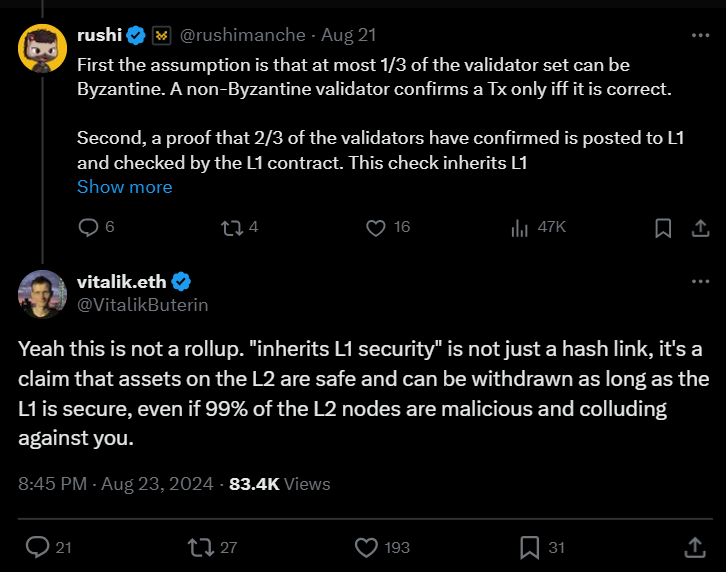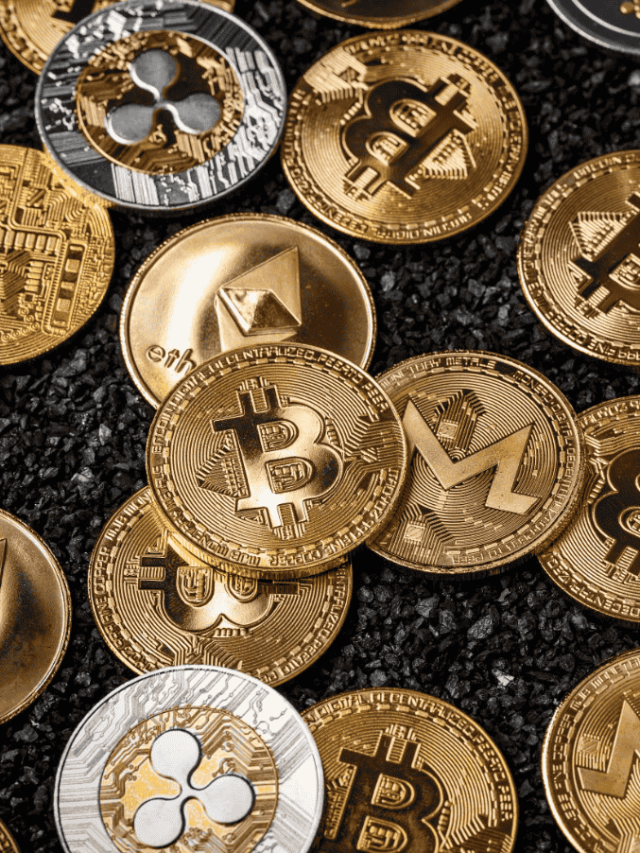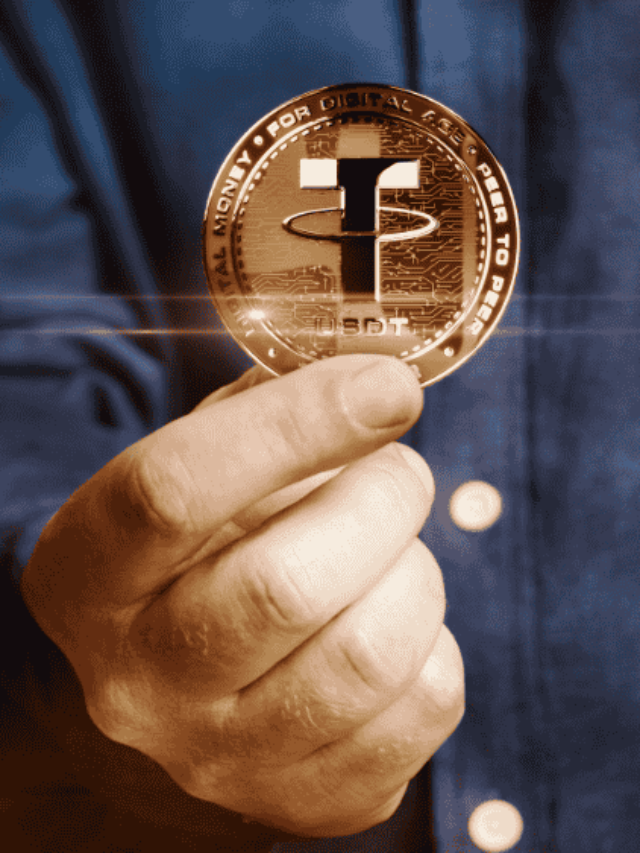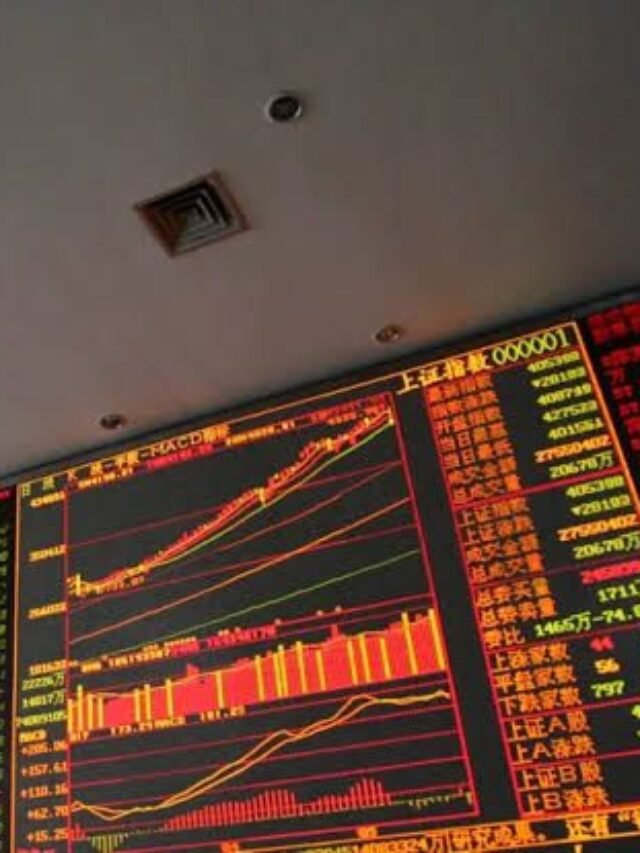Layer 2, or L2, technology in blockchain refers to off-chain solutions built on top of the primary blockchain (Layer 1) to boost its performance by tackling scalability and transaction speed issues. These L2 networks work independently from the main blockchain, or “on-chain,” handling significant amounts of transactions off-chain before updating them periodically on the main chain. This structure enables the primary blockchain to prioritize decentralization and security while delegating speed and volume concerns to the secondary network.
These L2 solutions address what’s known as the “blockchain trilemma,” which suggests that it’s challenging for blockchain networks to simultaneously achieve high levels of scalability, decentralization, and security.
Most Layer 1 networks (like Bitcoin and Ethereum) prioritize decentralization and security, often at the expense of speed and scalability. Layer 2 solutions offer a promising way to tackle this trade-off, allowing for a scalable system without compromising decentralization or security.
How Do Layer 2 Solutions Operate?
Layer 2 networks primarily rely on an independent network that can process transactions quickly, paired with a smart contract or similar mechanism on the base blockchain. This setup allows them to confirm the state of Layer 2 and resolve disputes without burdening the Layer 1 chain.
For instance, a high volume of transactions can be executed off-chain in the Layer 2 environment and then consolidated into fewer transactions, which are periodically validated on Layer 1. This “off-chain” scaling approach has already proven effective for supporting fast, decentralized applications.
One of the key advantages of these Layer 2 setups is that they do not require major modifications to the main chain. This allows developers to innovate and expand without altering the secure and decentralized foundation of the blockchain itself.
Vitalik Buterin’s Vision for Layer 2 on Ethereum
Ethereum’s co-founder, Vitalik Buterin, has been a strong advocate for Layer 2 scaling solutions, especially for Ethereum. He emphasizes that L2 networks on Ethereum are designed to inherit the same level of security as the Layer 1 blockchain itself, ensuring that users’ assets on L2 remain secure as long as the main chain remains secure.
By offloading transaction processing to L2, Ethereum can provide a balanced experience where high transaction throughput is achieved without overburdening Layer 1.
One typical feature of L2 networks is a “cooldown period” for withdrawing funds, which usually takes around seven days. However, with certain rollup technologies—where stakers can verify transactions instantly—this waiting period can be reduced to seconds.
The role of rollups has been crucial in improving transaction times and lowering fees. In fact, on Ethereum’s Layer 2, transaction fees can drop to less than $0.01, making it significantly cheaper compared to Layer 1 fees.
Buterin envisions a future where Ethereum’s fee structure remains balanced, offering predictable costs without extreme volatility. This consistency benefits users and developers, enabling them to rely on the Ethereum ecosystem both economically and technically.
Layer 2 Technologies in Action: Rollups and Channels
Layer 2 solutions are implemented in various ways, the most prominent of which include rollups and state channels.
- Rollups: This approach consolidates multiple off-chain transactions into one, which is then sent to the main chain in a single batch. Rollups are categorized into optimistic rollups, which assume transactions are valid unless proven otherwise, and zk-rollups (zero-knowledge rollups), which use cryptographic proofs to validate batches of transactions, ensuring accuracy without the need for individual confirmations. Rollups are particularly popular on Ethereum and have been critical for projects seeking to lower fees and improve transaction times.
- State Channels: State channels allow two parties to transact directly off-chain without publishing each individual transaction on Layer 1. Only the final state of the transaction channel is recorded on-chain, reducing the load on the main blockchain. This setup is well-suited for applications with high transaction volumes but low finality requirements, such as gaming or micropayments.

blockchain
Real-World Applications of Layer 2
Layer 2 technology has already seen promising applications, particularly on Ethereum, with projects like Farcaster and Lens showcasing its potential. Farcaster, for example, leverages Layer 2 to create a decentralized social network where users retain control of their data. Polymarket, another example, enables prediction markets to run at high speeds and low costs due to Layer 2’s improved efficiency.
In the broader context, Buterin and the Ethereum community view Layer 2 not just as a scaling solution, but as a way to support a flourishing decentralized ecosystem. Lower costs and higher transaction speeds make decentralized applications (dApps) more accessible and practical for everyday users, which is crucial for mass adoption.
Challenges and Future Potential of Layer 2
While Layer 2 technology offers substantial improvements, it’s not without challenges. For instance, ensuring that off-chain transactions remain secure and that disputes are resolved effectively on Layer 1 is essential for user trust. Additionally, some users may be wary of the withdrawal times associated with certain Layer 2 networks, though advancements in rollup technology are gradually reducing these delays.
Looking ahead, the success of Layer 2 solutions could be transformative for the blockchain industry. By handling transaction throughput and lowering costs, Layer 2 networks are likely to become a backbone of high-performance decentralized applications, opening doors for everything from fast DeFi transactions to complex games and Web3 applications.
















